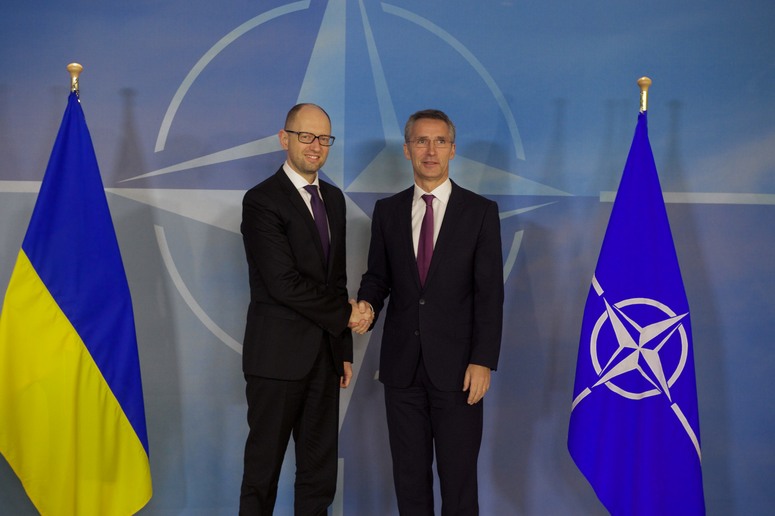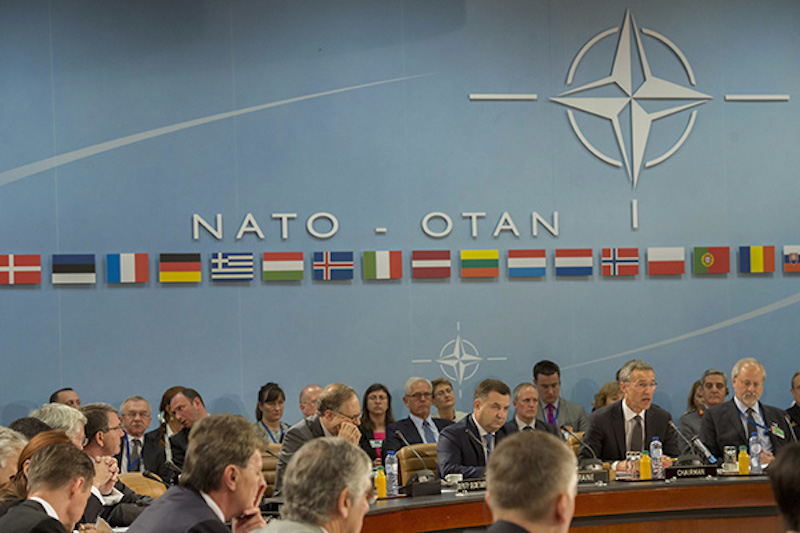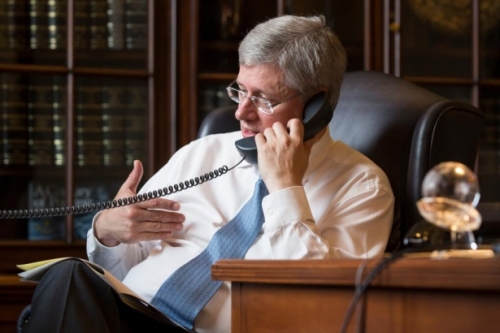Background of military public policy in Canada
- The Defence Policy, which was released today June 7th at 12:35pm, is a white paper policy report that aims to guide the Canadian military.
- The DP is a policy guideline that seeks to “ provide the clarity needed to balance priorities, respond to emerging challenges, and invest appropriately in Canada’s military.”
- The previous Government released a Canadian Armed Forces (CAF) white paper policy document in 2008 titled the Canada First Defence Strategy.
- The 2008 Canada First Defence Strategy outlined three roles for the CAF: (1) defending Canada, (2) defending North America in cooperation with the U.S., and (3) contributing to international peace and security.
The DP and Canada’s role in NATO – Strong, Secure, Engaged.
The 2017 Defence Policy and NATO
- Canada has been a member of NATO, the Transatlantic Alliance, with 28 other member states, since its inception in 1949.
- As NATO is a military alliance, the DP is relevant as it outlines the CAF’s operational and strategic contributions to the Alliance.
- The DP is also tasked with outlining how Canada must invest in its armed forces, this is relevant to the NATO alliance as all members pledged in 2014 to meet 2% of GDP spending by 2024.
Summary of the DP as it relates to NATO
- The DP outlines that Canada will continue to contribute to NATO coalition missions and peace operations abroad.
- It also reiterates that Canada will meet the collective security commitments set out in Article 5 of the North Atlantic Treaty.
- Stresses that Canada will maintain a leadership role in NATO and will “prioritize interoperability in its planning and capability development to ensure seamless cooperation with allies.”
- The DP cites its contribution to NATO’s enhanced Forward Presence in Central and Eastern Europe as a “testament” to its commitment to the Alliance.
Canadian defence expenditure and NATO
- Meeting the 2%: The DP outlines that Canada will increase its defence spending over the next 10 years from $18.9 billion in 2016-17 to $32.7 billion by 2026-2027.
- Increased pressure from the U.S. at the NATO meeting in Belgium. President Trump reiterated the need to meet the 2% minimum to all NATO members during his speech in Brussels.
- The policy forecasts that defence spending will hit 1.40% of GDP by the 2024 target year.
- The DP clarifies that the Canadian defence spending will exceed the 20% spending expenditure minimum on major equipment, which the government projects to reach 32.2% in 2024-25.
Canadian military commitments to NATO
- RCAF Fighter Replacement: As outlined in the DP, the Canadian government now plans to replace Canada’s aging Cf-18 fighter fleet with 88 new “advanced fighters”. The DPR does not specify exactly which fighters Canada will procure.
- The government will also procure 15 surface combatant ships to replace the aging Halifax-class frigates and retired Iroquois-class destroyers for the RCN.
- The DP will expand CAF ground forces and special forces capabilities.
- The DP also states that Canada will expand its cyber, space, and drone capabilities.
Current Canadian military contributions to NATO
- Enhanced NATO defence and deterrence posture on its Eastern flank. This enhanced posture was agreed upon during the 2016 July NATO Summit in Warsaw and NATO Defence Ministers meetings.
- On NATO’s Eastern Flank, Canada deployed a battalion to Latvia to lead a battlegroup comprised of other NATO members (Spain, Italy, Slovenia, Poland, and Albania).
- On NATO’s Southern Flank, Canada deploys a RCN Halifax-class frigate to join NATO’s Maritime Task Force in the Black Sea as part of Operation Reassurance. In the Mediterranean, the RCN takes part in anti-submarine warfare training to maintain high levels of interoperability with allies.
Canadian Defence Minister Harjit Sajjan’s remarks on the DP release, “The new vision for the Canadian Armed Forces is Strong at home, Secure in North America, and Engaged in the World.”
Defence Policy: PDF
Photo: The Honourable Harjit Sajjan, Minister of National Defence, inspects the Honour Guard on his arrival to Royal Military College in Kingston Ontario. 2017 by MCpl True-dee McCarthy via Department of National Defence. Photo courtesy of the Canadian Forces Combat Camera, Department of National Defence.
Disclaimer: Any views or opinions expressed in articles are solely those of the authors
and do not necessarily represent the views of the NATO Association of Canada.




